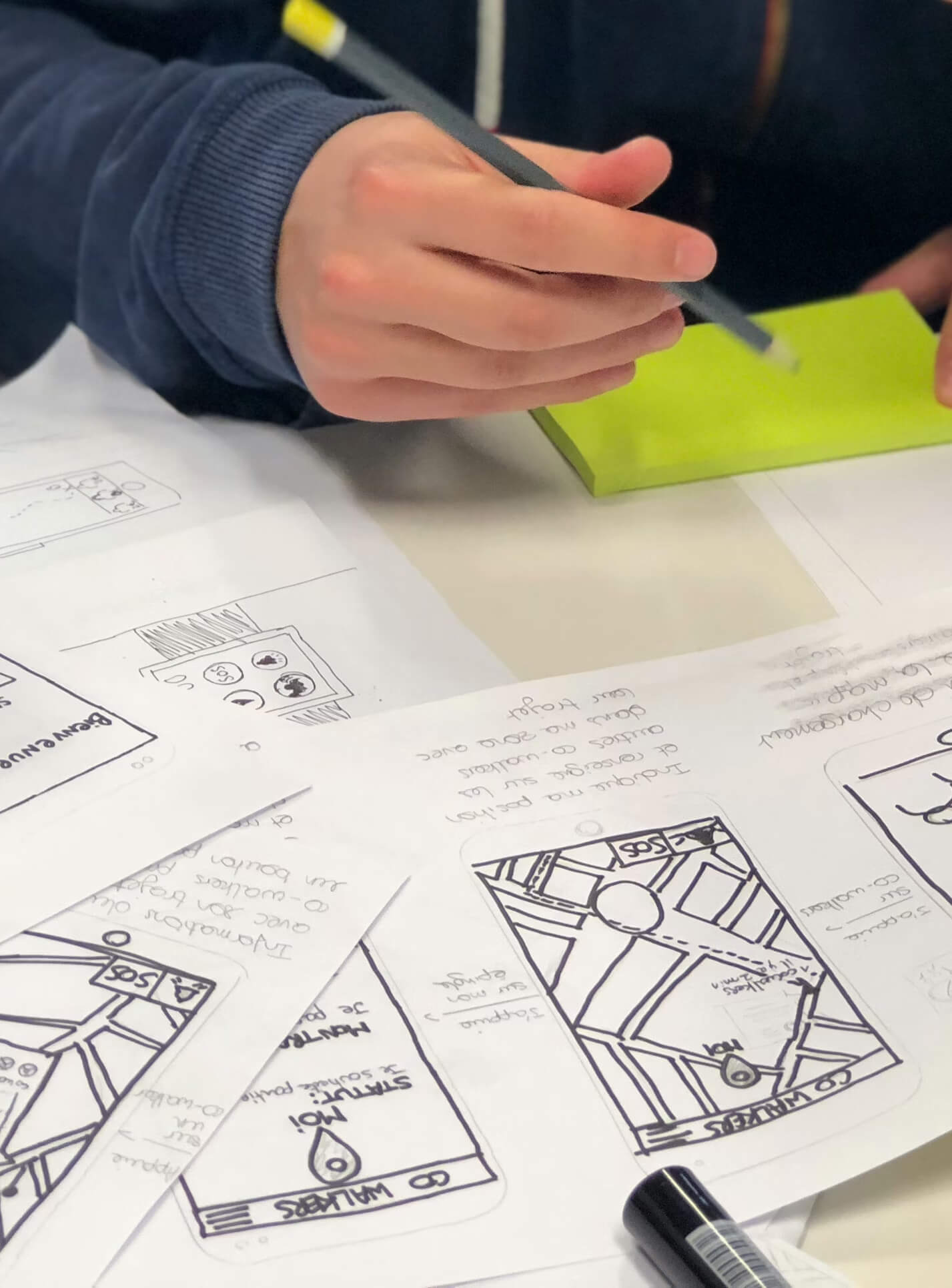5 Min read

In the world of product design, emotional design is a powerful tool for engaging diverse audiences and creating unique, memorable user experiences. By tapping into the emotions of users, designers can craft products that resonate on a deeper level and foster strong connections. In this blog article, I will explore creative strategies for incorporating emotions into the design process and showcase examples of successful emotional design in practice.
Uncovering the emotional needs of different user personas
To create emotionally resonant products, it's essential to recognize the diverse emotional needs of various stakeholders, and users. Conduct thorough research to understand the emotional context of your target audience, including their needs, motivations, and pain points. This information will serve as a foundation for your emotional design strategy.
Creative strategies for incorporating emotions into the design process
Storytelling
Craft narratives that resonate with different user personas by weaving emotional elements into the user journey. Consider the feelings you want to evoke in each stage of the interaction and how your design can support those emotions.
Color psychology, typography, and visual hierarchy
Use visual design elements strategically to evoke specific emotions. Different colors, fonts, and visual arrangements can convey various feelings and set the tone for the overall user experience.
Designing for empathy
Address the emotional needs of users with different backgrounds and experiences by putting yourself in their shoes. Focus on understanding and addressing their emotional pain points to create a more inclusive and compassionate product experience.
Case studies: Successful emotional design in practice
Apple
Apple's products are known for their sleek, minimalist design and strong emotional appeal. By focusing on simplicity and user-centric design, Apple creates an emotional connection with users who appreciate the attention to detail and ease of use.
Airbnb
Airbnb has successfully used emotional design to create a sense of belonging and community for its users. By incorporating personal stories, engaging visuals, and intuitive interactions, Airbnb connects with travelers and hosts on an emotional level, fostering trust and loyalty.
Tips for designing emotionally resonant products that appeal to various users and stakeholders
Balance emotional design with functionality and usability
Ensure that your emotional design elements do not compromise the overall functionality and usability of your product. Strive for a harmonious balance between evoking emotions and providing a seamless user experience.
Encourage collaboration between different teams
Involve various stakeholders in the emotional design process, from product managers and designers to marketing and customer support teams. This collaboration ensures a cohesive emotional design strategy that caters to the diverse needs of your audience.
Continuously iterate and refine based on user feedback and emotional response
Test your designs with real users, gather feedback, and analyze the emotional responses to refine and improve your emotional design elements.
Creating Meaningful Connections through Emotionally Resonant Design
Emotional design holds immense potential for creating impactful products that connect with diverse audiences. By prioritizing emotional design in your work and implementing the creative strategies discussed in this article, you can craft products that evoke powerful emotions and resonate with users on a deeper level. Embrace the power of emotional design and take your products to new heights.



